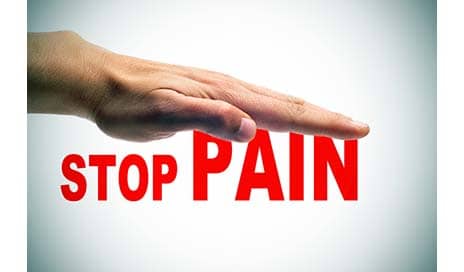A clinical trial published in Neurosurgery investigates HF10, a new high-frequency spinal cord stimulation (SCS) system. The study suggests that patients with chronic leg and back pain who used HF10 achieved better outcomes than those who used conventional low-frequency SCS.
The two SCS systems differ in that with HF10, high-frequency stimulation (10 kilohertz) is applied for very short periods, whereas in traditional SCS, lower-frequency stimulation is applied for relatively longer periods, explains a media release from Wolters Kluwer Health: Lippincott Williams and Wilkins.
The study was conducted by Dr Leonardo Kapural of the Center for Clinical Research and Carolinas Pain Institute, Winston-Salem, NC, and colleagues, and included 171 patients with moderate to severe back and leg pain that persisted despite other treatments.
The participants were randomly assigned to receive either HF10 or traditional SCS.
At 3 months, scores for back and leg pain decreased by at least half in more than 80% of patients receiving HF10. By comparison, conventional SCS achieved similar responses in back pain for 44% of patients and in leg pain for 55%.
At 2 years’ follow-up, the HF10 group still had higher response rates: 76% versus 49% for back pain and 73% versus 49% for leg pain. On a 0-to-10 rating scale, average back pain score decreased by 5 points with HF10 versus about 3 points for traditional SCS. About 60% of patients receiving HF10 were “very satisfied” with their treatment, compared to 40% with conventional SCS, the release explains.
Although SCS is not a new treatment, it provides more consistent results for leg pain than back pain, and relies on producing overlapping areas of numbness (paresthesia) to mask pain. By comparison, HF10 seems to provide greater relief of back pain without inducing areas of numbness, the release notes.
The researchers state that further research will be needed to determine whether HF10 may be useful for other types of pain, such as arm and neck pain.
“The superior and durable results demonstrated in this study are anticipated to lead to improved long-term cost effectiveness and payor acceptance, making this therapy broadly available to patients suffering from chronic pain,” Kapural and collegues write.
[Source(s): Wolters Kluwer Health: Lippincott Williams and Wilkins, Science Daily]





